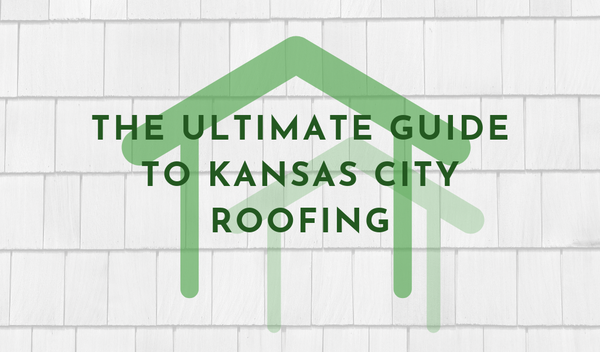6 Common Roofing Issues in the Winter Months
Old Man Winter isn’t kind to your roof. Between the snow, ice, wind, sleet and constant freezing and thawing, your roof is just as ready to see springtime as you are. Here are six common roofing issues you might see in the winter months, and how to address them quickly so they won’t lead to bigger problems.
- Strong Winds—here in the Midwest, changes in temperature often mean wind gusts of over 60 miles an hour. These blasts can loosen shingles, gutters and other parts of your drainage system. It’s a good idea to do a walk-around after any major windstorm and look for damage so it can be repaired as soon as possible.
- Tree Limbs—We are blessed with big, beautiful trees in the Northland. However, these large trees can cause damage to roofs during the winter months, including scraping the roof surface if not trimmed properly. Fallen branches during storms can also cause significant damage leading to leaks. Be sure to evaluate your trees after each weather incident to ensure that no part of them is making contact with your roof.
- Condensation—When warm air from inside your home meets the cold outside air, condensation will occur. If your attic is not properly insulated, and warm air is escaping through your roof as it rises, the potential for damage including mold, mildew, and leaks goes up significantly. If you see issues with condensation, ensure that your attic is properly insulated and ventilated.
- Ice Dams—When upper areas of an icy roof begin to thaw and the lower portion of the roof is still frozen, ice dams occur. As water pools behind the dam, it can leak into your home through cracks and cause significant damage. Read more about ice dams HERE.
- Flashing Leaks—If your roof is sloped like most houses in our area, leaky flashing is a common problem. Flashings are the metal strips that connect and cover the space between your roof’s ridges, around your chimney and skylights. If it isn’t installed properly or becomes loosened in a winter storm, it can pull away from your roof and cause leaks. It’s important to inspect your flashings every six months or so to check for issues and prevent problems.
- Icicles—Icicles are typically formed by combining sunny days and below-freezing temps. While they are known for their beauty, they can be a real danger to your roof and often signal clogged gutters and downspouts. The excessive weight of icicles can tear guttering and shingles off roofs, and pull up flashing. Falling icicles present a danger to people and pets as well. Regular gutter maintenance can reduce the formation of icicles.
If you see any of the above signs of winter roof damage, or notice anything out of the ordinary, give the team at RSG a call at 816-866-4235 or just click HERE to schedule your complimentary consultation.
Leave a comment
Comments will be approved before showing up.




